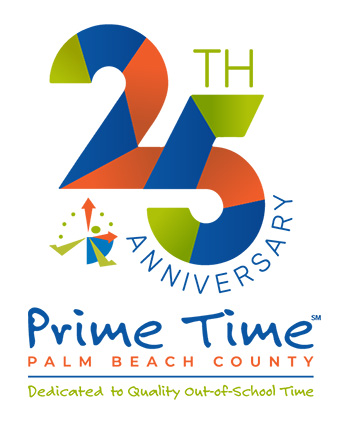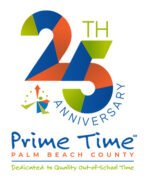9:00 am - 10:30 am
Children’s Services Council of Palm Beach County
2300 High Ridge Road
Boynton Beach, FL 33426
It was a great experience, I learned a lot. It gave me the opportunity to see some areas where I need to work to better my leadership and my program!
Lorena DAfterschool Professional
Tag! You’re it! Sea Turtle Conservation – IN-PERSON
This training is an In-Person learning experience and requires you to attend at a physical location.
Palm Beach County is considered a ‘Sea Turtle Capital’, a vital hub for sea turtle conservation and where thousands of loggerheads, green, and leatherback turtles come to our local beaches for nesting season. Sea turtles are classified as an endangered species and face significant threats around the world, impacted by human activities.
In the “Tag, You’re It! Sea Turtle Conservation” training, participants will learn and engage in sea turtle activities that simulate the work that real sea turtle biologists do every day. Developed by Inwater Research Group, the sea turtle curriculum provides hands-on learning experiences for K-8 youth. Practitioners will collaboratively practice different tagging methods, learn about sea turtle migration patterns through engaging case-file activities, and identify ways to support sea turtle conservation in our community! Tag, You’re It! Sea turtle resource trunks can be reserved upon completion of this training.
Training Objectives
Participants will:
- Identify and demonstrate three different methods of tagging sea turtles.
- Track sea turtle migration history using case files evidence
- Identify everyday opportunities that support sea turtle conservation.
Core Knowledge, Skills and Competencies Addressed (CKSCs)
Learning Environments and Curriculum
Physical Environment and Activities
Identify – A. Recognizes the importance of creating a developmentally and culturally responsive learning environment and following a curriculum.
Apply – D. Creates engaging, physically, emotionally safe, and inclusive environments to encourage play, exploration, and learning across developmental domains.
Primary QIS Scales Addressed
II. Supportive Environment
II-J. Active Learning
II-J-1. Young people engage with materials or ideas
IV. Engaging Environment
IV-O. Furthering Learning
IV-O-3. Encourage extending knowledge
IV-O-5. Guide discovery

